NASA’s Curiosity rover has officially completed 13 years on Mars, continuing its legacy as one of the most successful and enduring robotic explorers in the history of space exploration. Since its dramatic landing inside Gale Crater on August 6, 2012, the rover has traversed rugged Martian terrain, survived harsh winters, adapted to hardware challenges, and transformed our understanding of the Red Planet.
Now, as it celebrates its 13th anniversary, Curiosity is not only still operational—it’s smarter and more efficient than ever.
A Veteran Rover Gets a Brain Boost
In its teenage years, Curiosity is benefiting from new software upgrades that allow it to operate with greater autonomy and energy awareness. Among the key improvements is the ability to multitask: the rover can now drive, capture images, and transmit data more efficiently, without waiting for commands between each step.
Perhaps more impressively, Curiosity now uses a new system that lets it “nap” earlier in the Martian day once its tasks are done. These brief shutdowns help conserve energy drawn from its aging nuclear power source, a small radioisotope generator that has been its lifeline since day one. Engineers at NASA say these enhancements will allow the rover to extend its operational life and scientific output for months, if not years, to come.
A Coral-Shaped Surprise in Martian Rock
Just days before its 13th birthday, Curiosity made a striking discovery—an unusual rock formation that resembles coral found on Earth. This delicate structure, nicknamed “Paposo,” measures just a few centimeters across but has sparked fresh curiosity among planetary geologists.
While it may look like marine coral, scientists confirm it has no biological origin. Instead, the formation is believed to be a mineral deposit left behind by water billions of years ago. As water flowed through Martian rock fractures, it carried dissolved minerals that gradually filled cracks and voids. Over time, surrounding rock eroded, leaving behind the intricate, coral-like shapes. The discovery reinforces long-standing evidence that Mars once had a wetter and potentially habitable environment.
Still Going Strong: Mission Highlights
Since 2012, Curiosity has driven more than 35 kilometers across Gale Crater, scaling mountain slopes, drilling into rocks, and analyzing soil samples. It has weathered dust storms, mechanical wear on its wheels, and evolving energy demands, all while sending back stunning images and groundbreaking data.
Some of its most important discoveries include:
- Evidence of ancient lakebeds and river systems
- Detection of organic molecules in Martian soil
- Identification of seasonal methane variations
- Discovery of pure sulfur deposits, suggesting past hydrothermal activity
Curiosity’s ongoing mission has entered its fourth extended phase, which will continue through at least late 2025. Scientists hope to use this time to further explore Mount Sharp’s mineral-rich layers, which hold clues about Mars’ transition from a wet world to the cold desert planet we see today.
Legacy of Exploration
As one of the longest-operating Mars rovers, Curiosity has redefined what robotic explorers can achieve. It was originally expected to last two years. Thirteen years later, it’s not just surviving—it’s thriving, adapting, and still unlocking Mars’ secrets.
While newer missions like Perseverance have since joined the Martian landscape, Curiosity remains a symbol of resilience and ingenuity. Its discoveries continue to inform not only science, but the future of human exploration, helping researchers understand where to search for signs of ancient life and how to prepare for human missions in the decades ahead.
As it naps in the Martian afternoon sun and gazes across ancient hills, Curiosity stands as a testament to what persistence and innovation can accomplish—even 140 million miles from home.

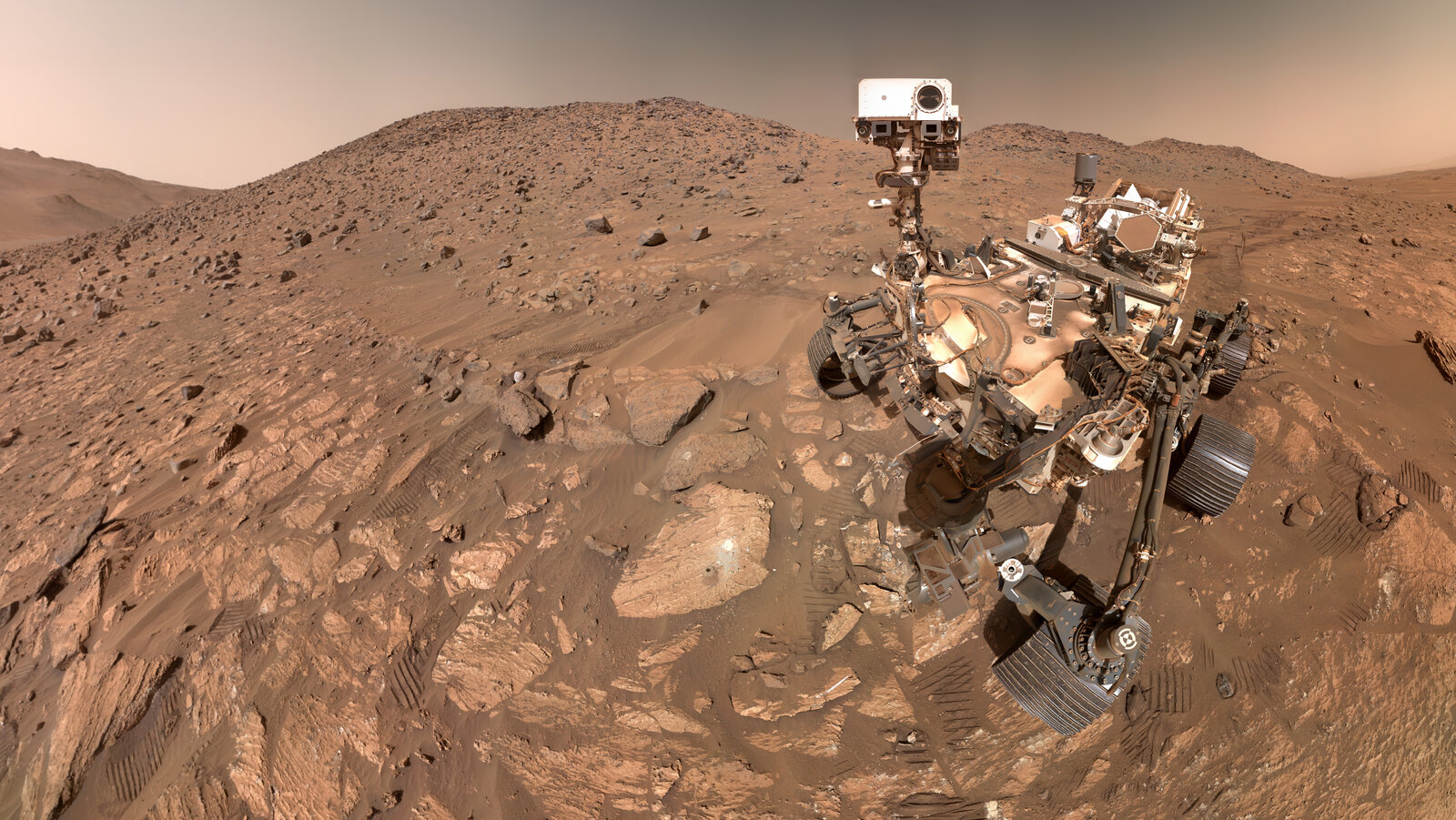




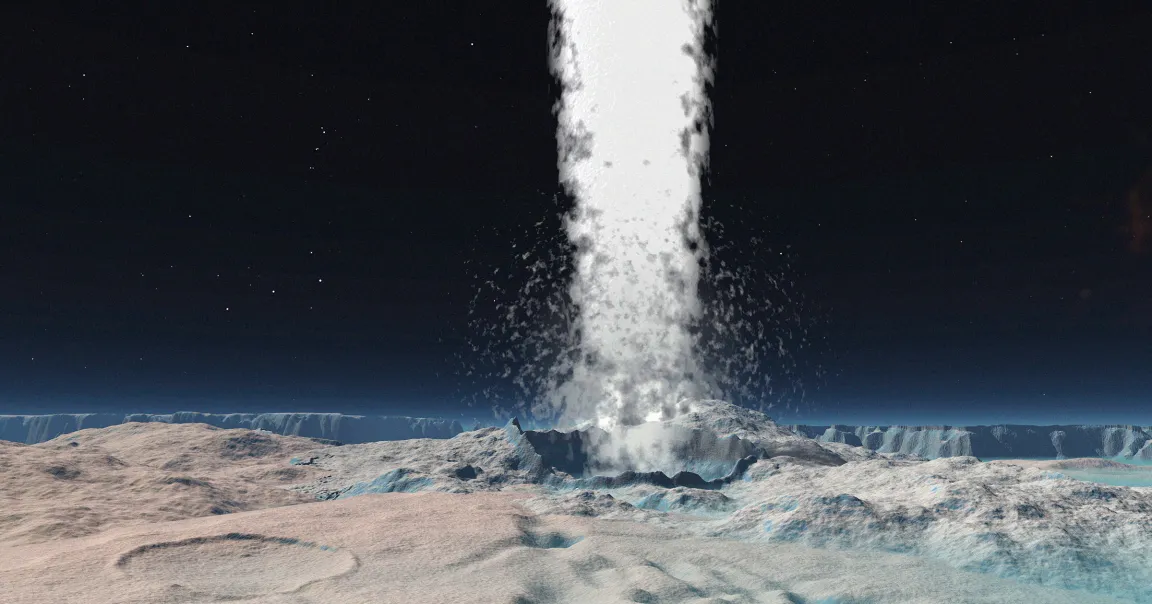
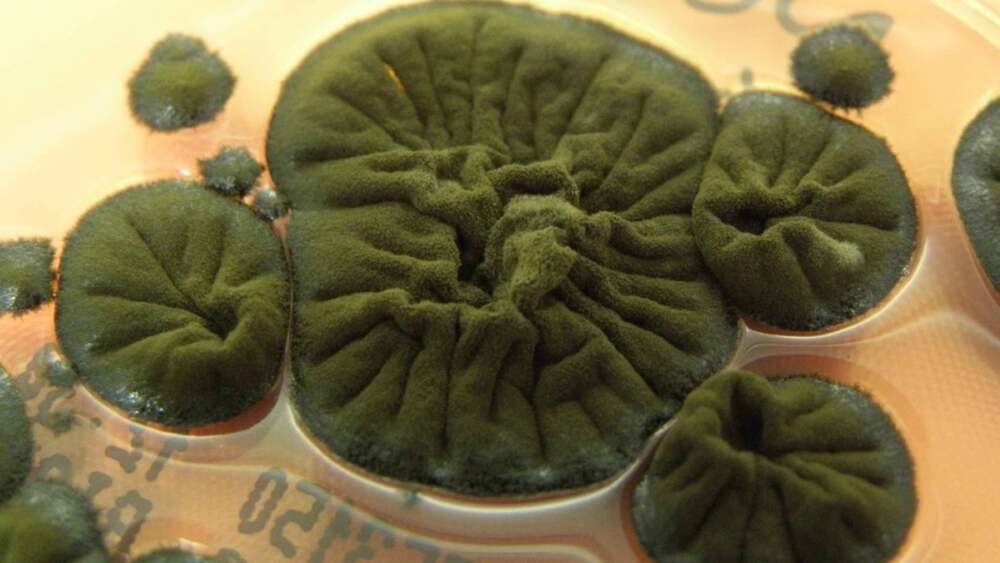
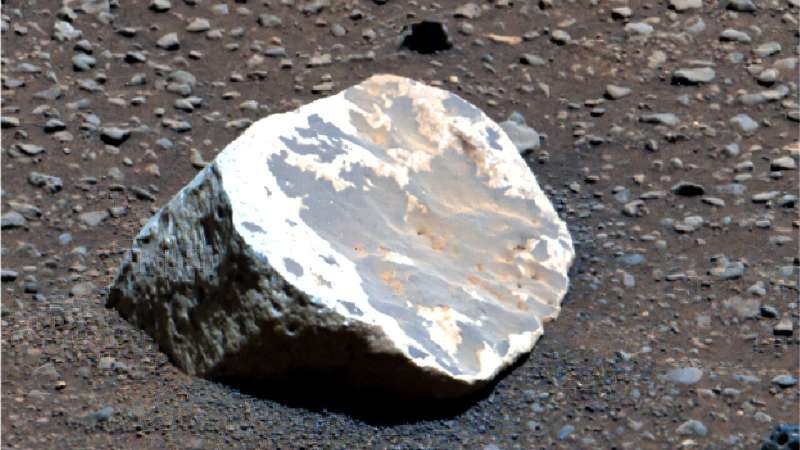
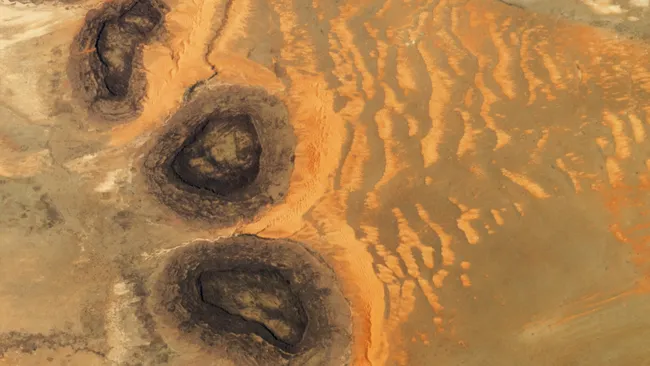

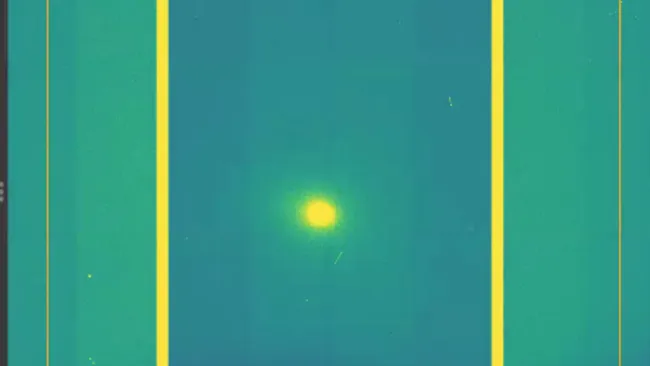




Leave a Reply